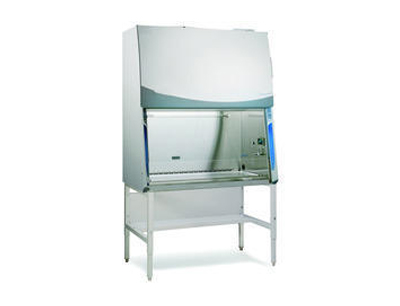-
Call
+ 91 9869569782 / 9594079782
-
Email
+ 91 9869569782 / 9594079782

Aditi Associates was established to specialize in the research and development, manufacturing and supply of medical equipment . With a focus on delivering the best user experience, our operations are engaged primarily in medical innovation, offering comprehensive solutions across a variety of products and services. These include BOD Incubators,Bio-safety Cabinets, Clean room equipment, ultrasonic Cleaners and many more catering to a wide range of users such as hospitals, bio-pharmaceutical companies, research institutions and other associations. We are determined to provide best quality products to our valued customers and keep them satisfied.
Biosafety cabinets (BSCs) are a type of enclosed laboratory workspace that is designed to provide a safe and sterile environment for handling hazardous biological materials. BSCs are commonly used in research laboratories, clinical laboratories and other facilities that handle infectious agents such as bacteria, viruses and fungi. BSCs work by creating a controlled airflow within the cabinet that prevents the release of hazardous materials into the laboratory environment. There are three classes of BSCs, each with different levels of protection and they are an essential tool in the safe handling of hazardous biological materials. The cabinet is also designed to prevent the escape of hazardous materials through the front opening which is typically covered by a sliding . Class II BSCs are the most commonly used type of BSC and provide personnel, environmental and product protection. They are suitable for handling a wide range of biological materials. Class III BSCs provide the highest level of protection and are used for handling the most hazardous biological materials such as highly infectious agents. BSCs are an important component of laboratory safety programs.
1.Personnel protection: Biosafety Cabinets are designed to protect laboratory personnel from exposure to hazardous biological materials. The cabinet creates a barrier between the operator and the materials being handled, preventing the release of hazardous materials into the laboratory environment.
2.Environmental protection: These are designed to prevent the release of hazardous materials into the laboratory environment, protecting the environment and preventing contamination of other materials in the laboratory.
3.Product protection: Biosafety Cabinets provide a sterile environment for handling biological materials, protecting the product from contamination and ensuring its integrity.
4.Versatility: These can be customized to meet specific laboratory requirements such as size, airflow and filtration.
5.Regulatory compliance: These type of cabinets are required for handling hazardous biological materials in many laboratory settings and their utilization is regulatory complaint
1.Medical research: Biosafety Cabinets are used in medical research laboratories for handling hazardous biological materials such as viruses, bacteria and fungi.
2.Pharmaceutical industry: These kind of cabinets are used in the pharmaceutical industry for the handling and testing of drugs, vaccines and other biological products.
3.Clinical laboratories: Biosafety Cabinets are used in clinical laboratories for the handling and testing of patient samples such as blood, urine and tissue samples.
4.Veterinary medicine: These sterile workstations are used in veterinary medicine for the handling and testing of animal samples such as blood, urine and tissue samples.
5.Environmental testing: These are used in environmental testing laboratories for the testing of water,air and soil samples for the presence of hazardous biological materials.